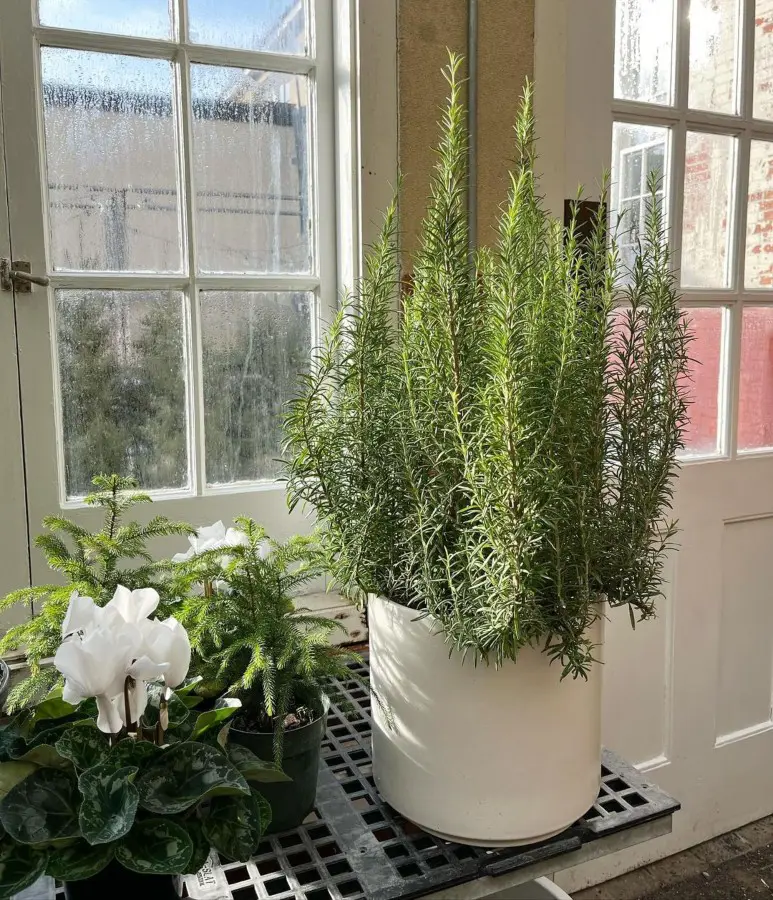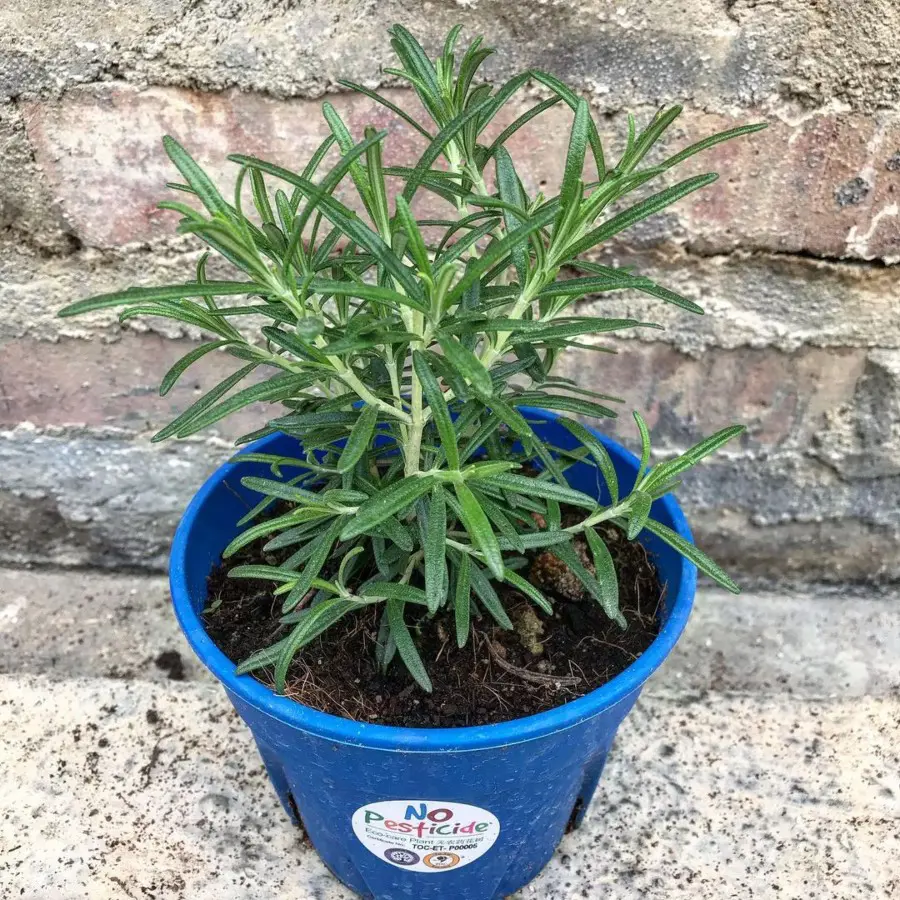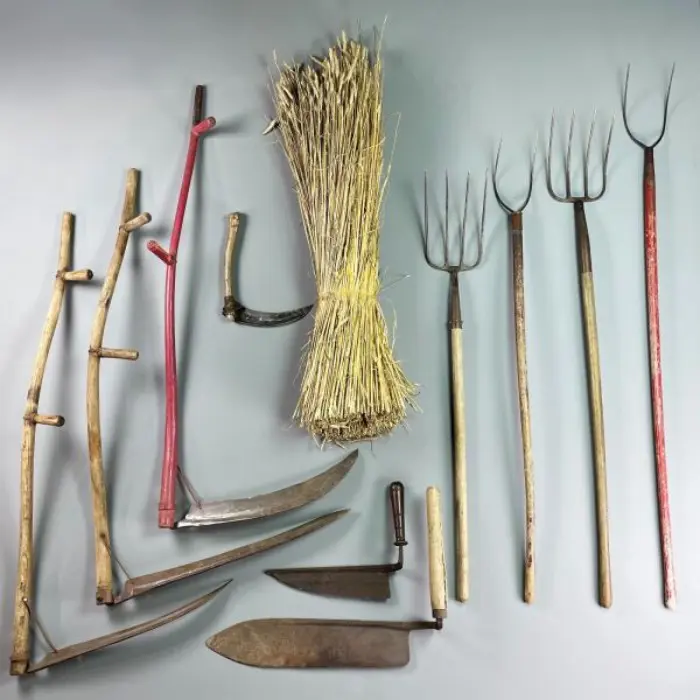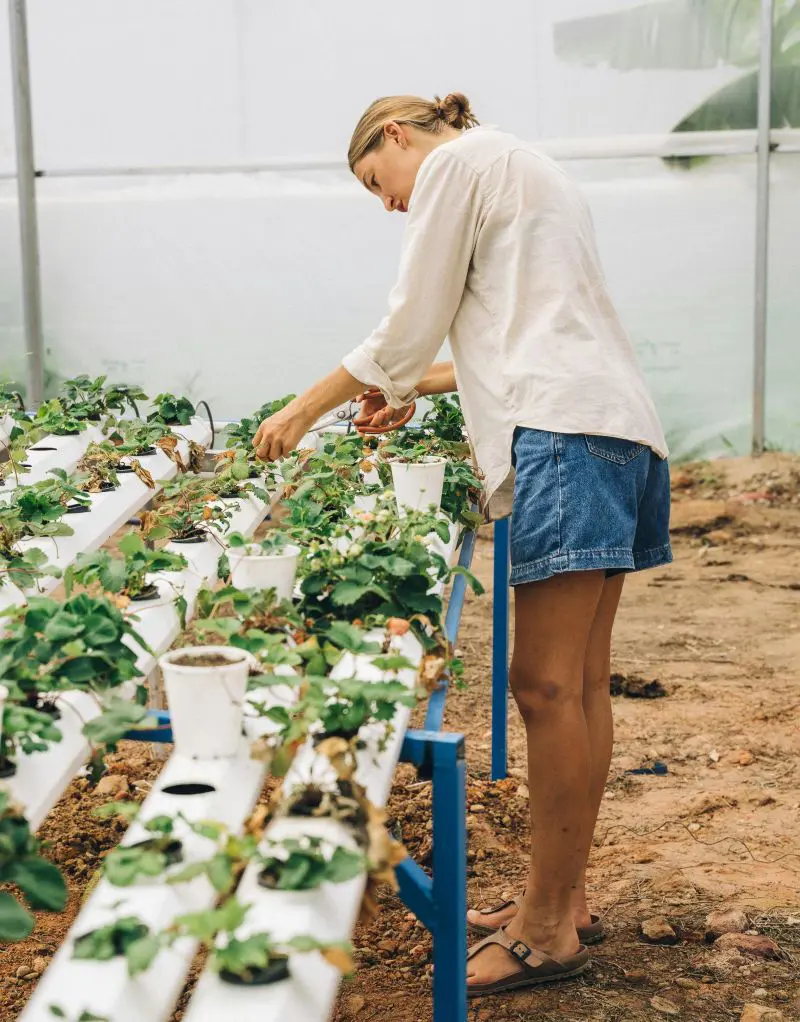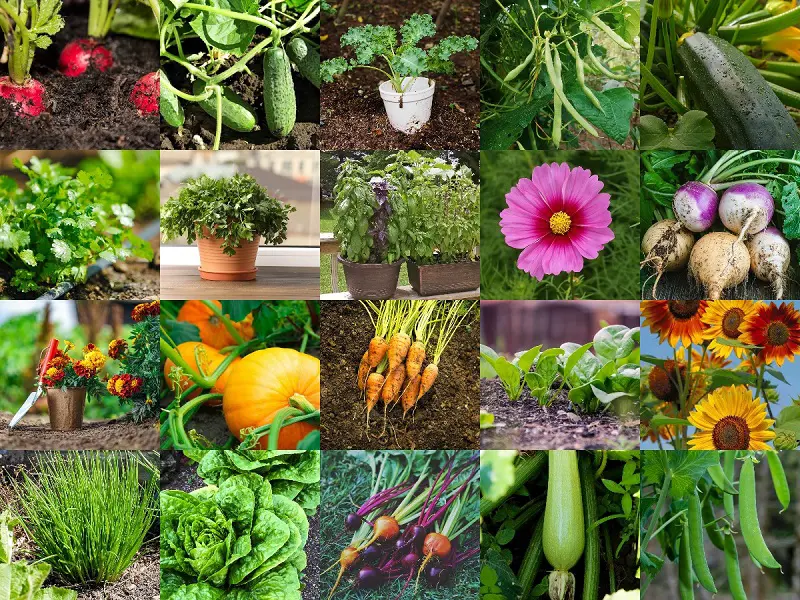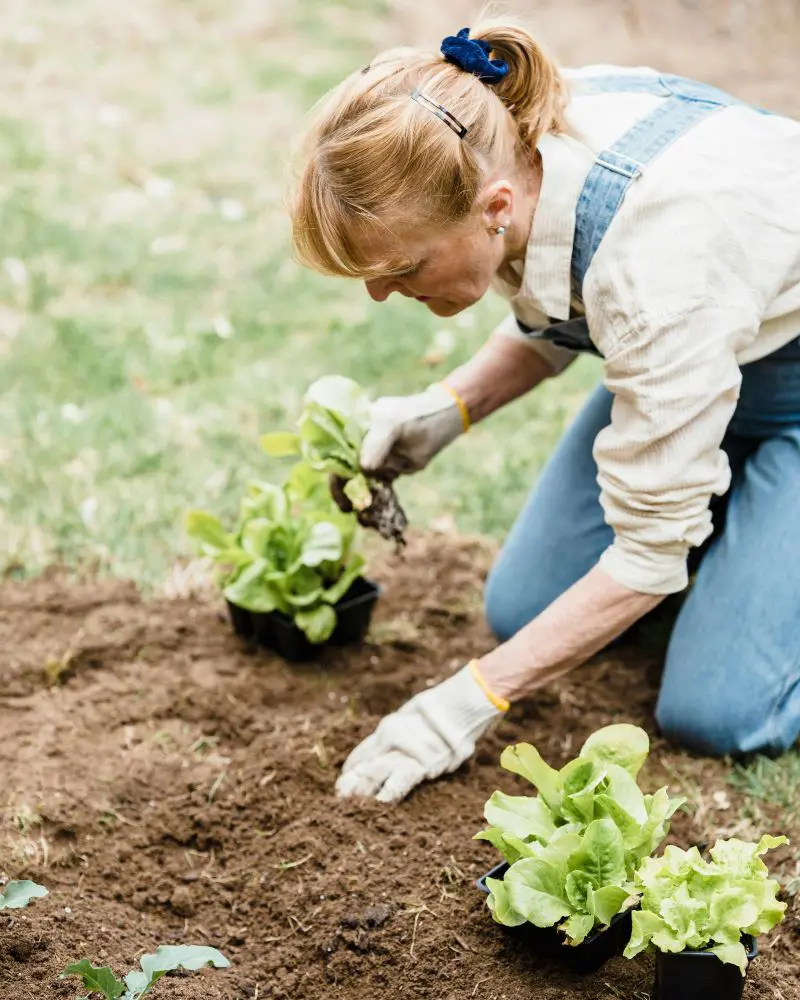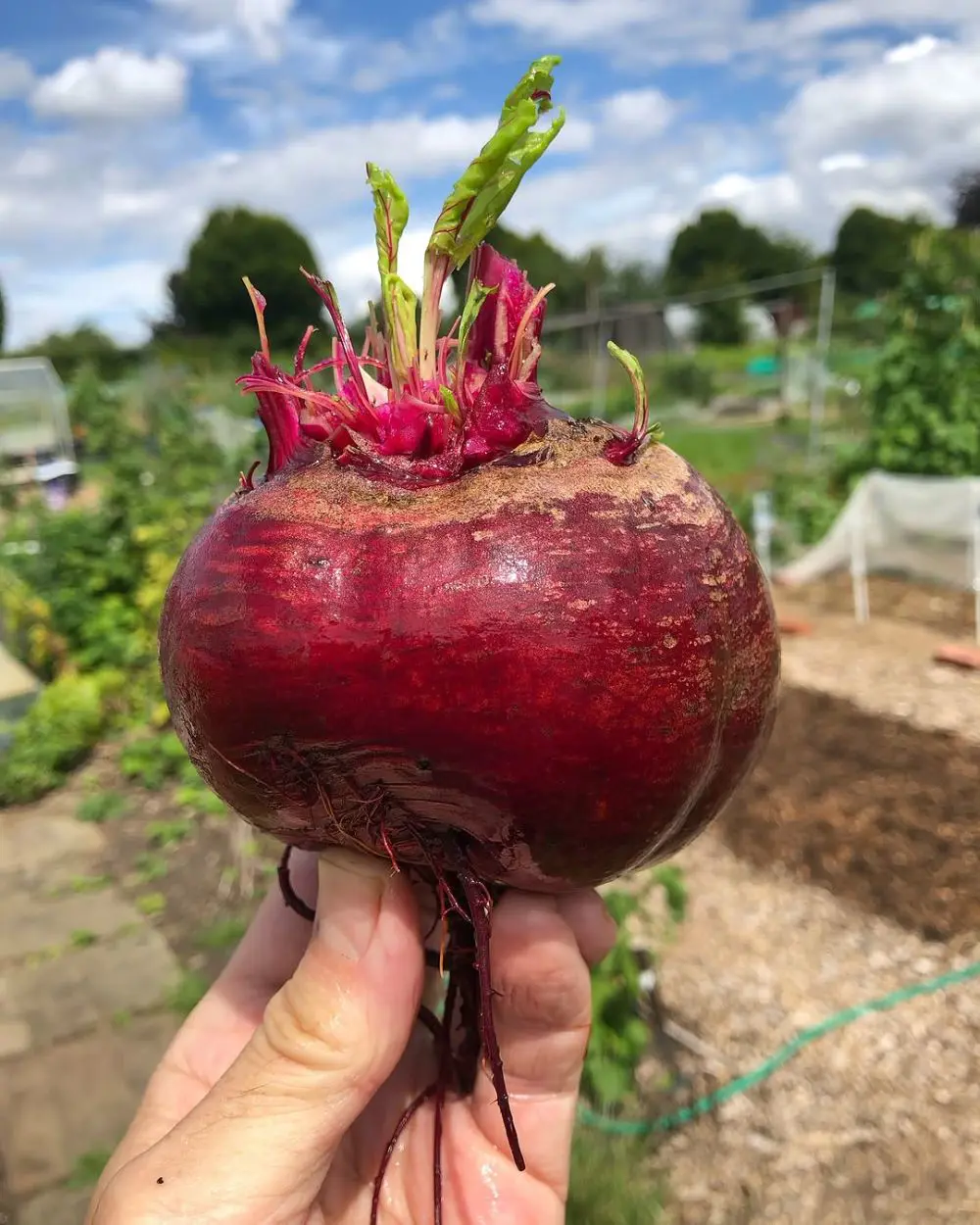1. Timing

The first thing to start with the harvesting process is to check the time. The ideal time for your rosemary leaves to harvest. It can be done year-round. Although, the best time is spring and summer when the plant is vigorous.
You should harvest in the morning after the dew has dried. This is when the essential oils are most concentrated.
Plant Maturity
Rosemary can mature within 2 to 3 years, depending on the variety and growing environment. At the same time, mature plants can reach up to 6 feet tall and spread outwards.
The rosemary can go on for decades, which can make it a long-term partner in your garden.
Signs of Ripeness
Look for healthy and vibrant green leaves. It should be firm and aromatic. Moreover, the best flavor is found in the young and tender leaves. Particularly those just before the plant blooms.
Flowering Stage
Despite being a year-round plant for the harvesting is not recommended during the time of flowering.
This is because time helps to make sure the plant can complete its reproductive cycle.
Test Harvest
You should start by removing the 4—to 6-inch stem tip. This allows you to check the flavor and aroma of the leaves. To prevent stress, do not cut more than one-third of the plant at a time.
Timing for Different Varieties
Different rosemary varieties have different growth habits. Upright varieties like 'Arp' and 'Madeline Hill' are cold-hardy and can thrive in temperatures down to -15°F.
On the other hand, Trailing and creeping varieties like Blue Rain, Boule, and Santa Barbara make excellent groundcovers. Regardless of variety, avoid cutting more than one-third of the plant at a time to prevent stress.
